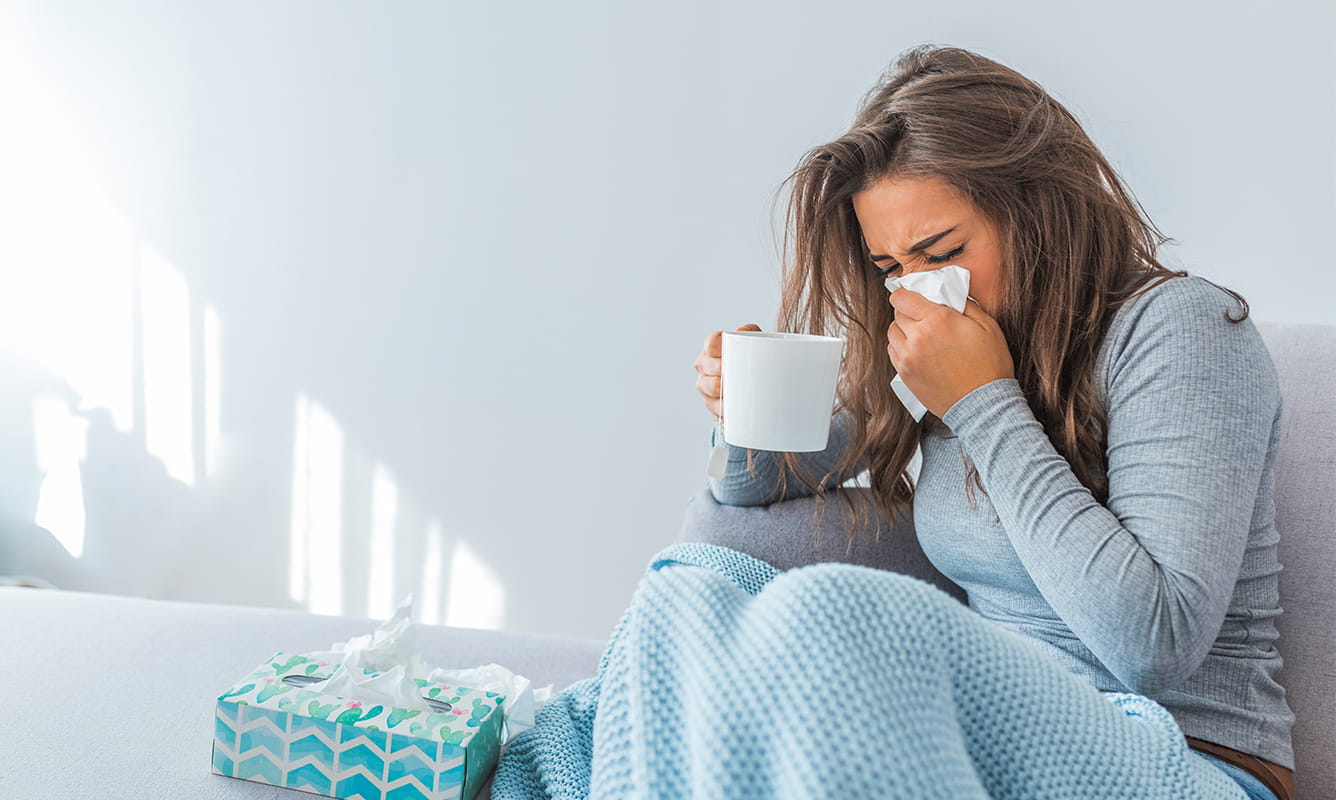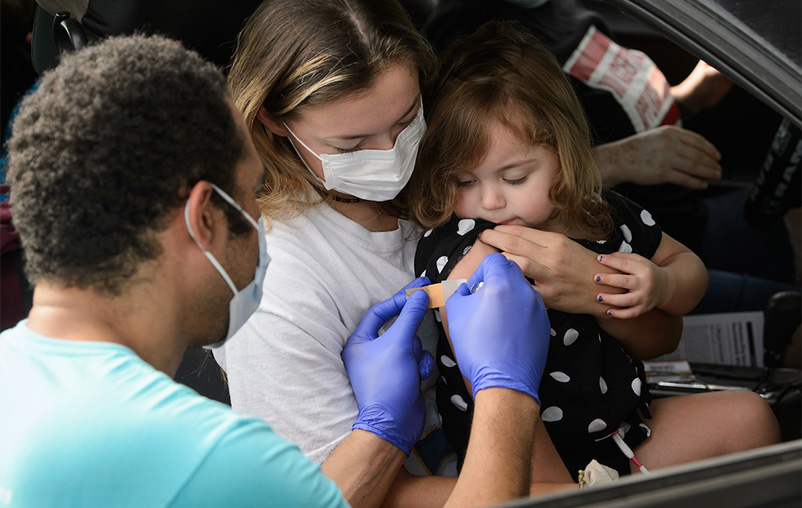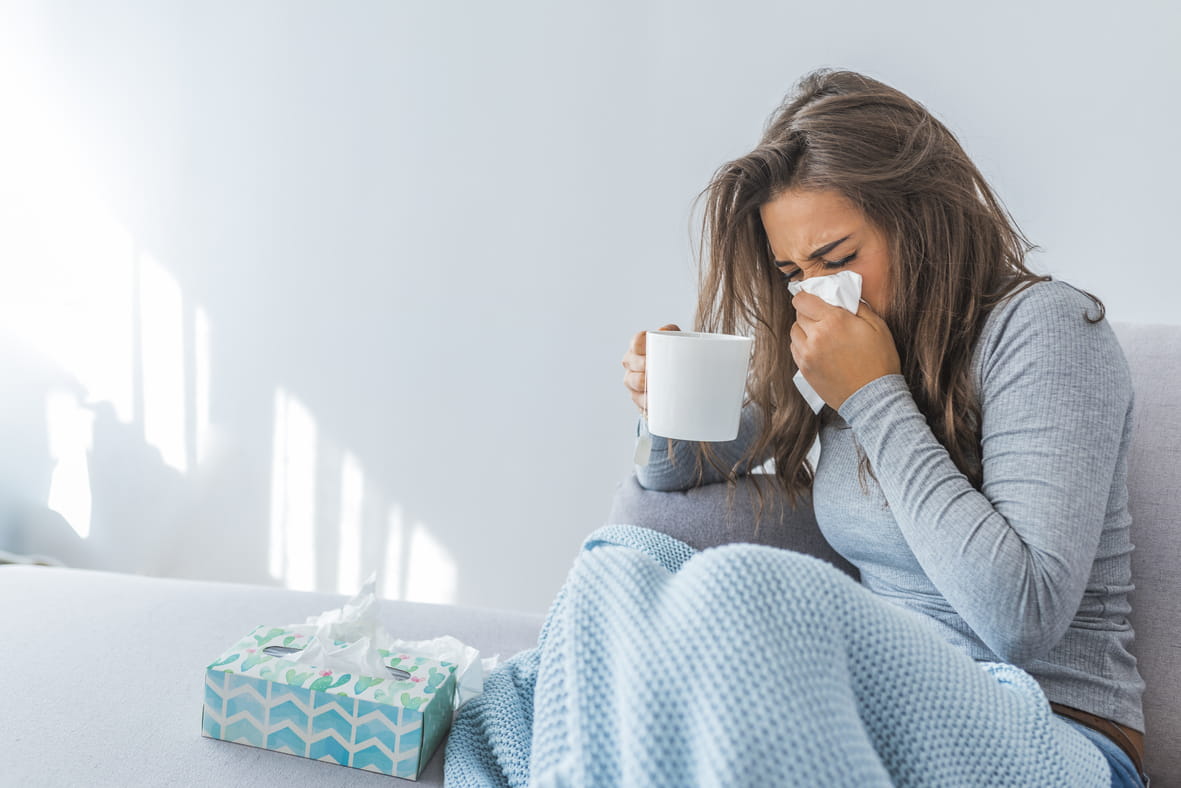If you’re confused about whether you should wear a face mask, you’re not alone.
While cases of COVID-19 are surging across the country, rumors and misinformation are spreading almost as widely. Spend just a few minutes scrolling through social media sites and you’ll find various opinions—but not always facts—about wearing face coverings to prevent the spread of coronavirus.
In an effort to dispel myths about masks and to encourage personal responsibility amid a public health crisis, University Health System aims to help clarify the proper use of masks and face coverings.
Separating fact from fiction
Fiction: Wearing a mask is useless to combat COVID-19.
Fact: Medical masks and homemade cloth face coverings are designed to prevent the wearer’s respiratory droplets from escaping into the air when the person breathes, coughs, sneezes, talks, sings or shouts. These airborne droplets are the primary way the coronavirus is spread in the community. When everyone keeps their droplets to themselves, the healthier we’ll all be.
Fiction: Only an N95 mask can prevent the spread of COVID-19.
Fact: The main purpose of a cloth mask is to contain your own respiratory droplets in case you’re infected without knowing it. The Centers for Disease Control and Prevention recommends everyone wear a cloth face covering when in public settings to prevent the spread of the coronavirus. When others wear a mask, they help protect you. When you wear a mask, you help protect others.
The CDC provides step-by-step instructions on how to make your own cloth face coverings.
Fiction: Only people infected with COVID-19 need to wear a mask.
Fact: Approximately 40% to 45% of people with COVID-19 are asymptomatic and they can transmit the virus to others for an extended period, possibly longer than the typical 14 days - those people are unaware they have the disease. Without wearing a mask, they may unknowingly spread it to others, simply by talking. Masks are most likely to reduce the spread of COVID-19 when more people wear them. You help protect everyone around you - especially when out in public, like at grocery stores and businesses.
Fiction: Covering only my mouth with a mask will protect others.
Fact: The mask needs to cover your nose, mouth and chin, but it shouldn’t be uncomfortable. Make sure the mask fits snugly on your face, hooked behind your ears without gaps on the sides. You shouldn’t have trouble breathing if the mask fits well.
Fiction: Wearing a mask will give me carbon dioxide poisoning.
Fact: Masks don’t cause a dangerous buildup of carbon dioxide, nor do they prevent the wearer from getting enough oxygen. Health care professionals—surgeons, dentists, and others—have worn medical masks for decades with no adverse effects.
Fiction: If I wear a mask, I don’t need to worry about physical distancing.
Fact: Even if you’re wearing a mask, it’s still important to maintain physical distance of at least six feet from those not in your household.
Fiction: If I’m outside, I don’t need to wear a mask.
Fact: That depends on where you are and who you’re with. If you’re at a crowded park where it’s difficult to be physically distant from others, you—and everyone else—should be wearing a mask. If you’re walking your dog around your neighborhood or riding your bike and you’re able to stay at least six feet away from anyone you encounter, you can forgo a mask. It’s still wise to take one with you in case you meet anyone along the way.
When to forgo a mask
Children under 2 years old and people who have difficulty breathing should not wear a mask. If you’re planning to exercise or go swimming, don’t wear a mask; if the mask gets wet from sweat or water, it may be too difficult to breathe. In any situation when you aren’t wearing a mask, it’s especially important to remain at least six feet away from those around you.
Protecting yourself and others
Definitely wear a mask, but don’t forget to wash your hands frequently with soap and water for 20 seconds, don’t touch your face, and stay home if you’re feeling sick.




